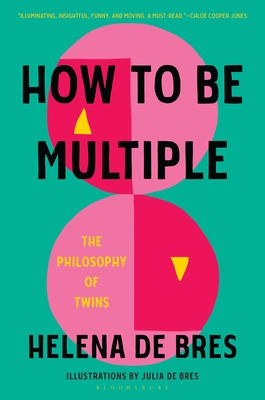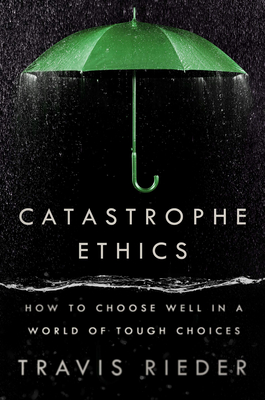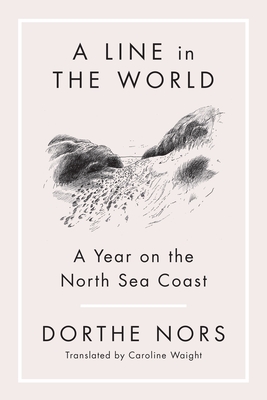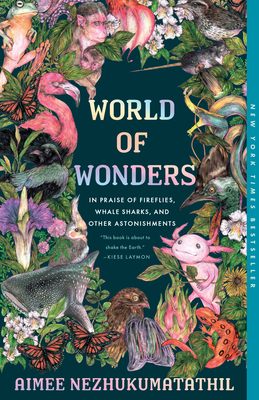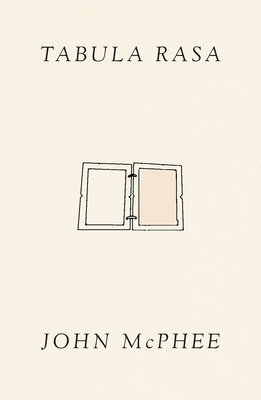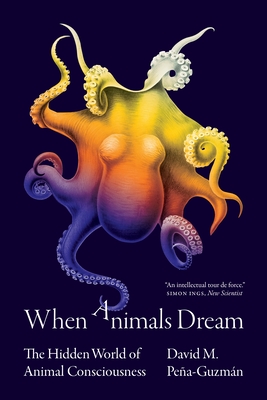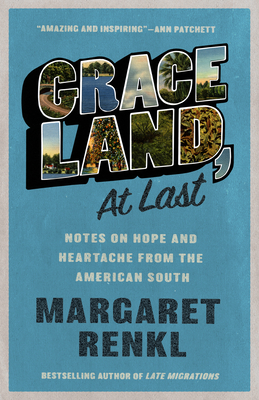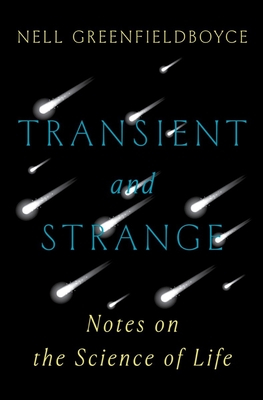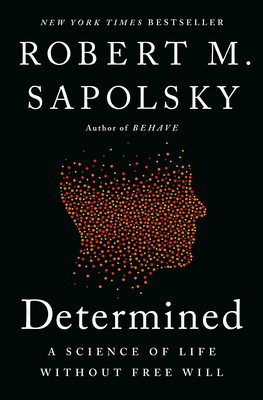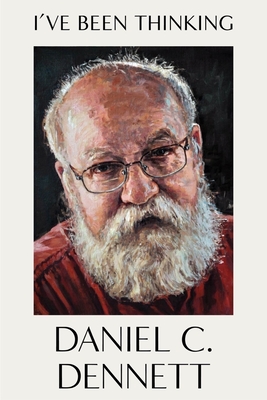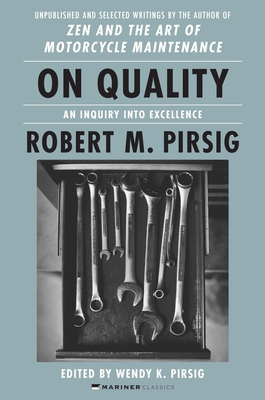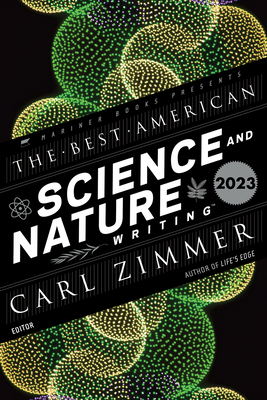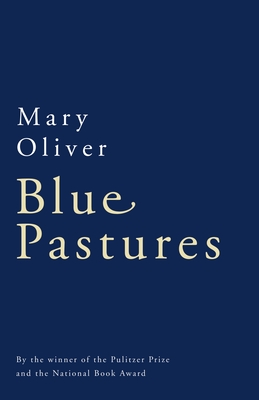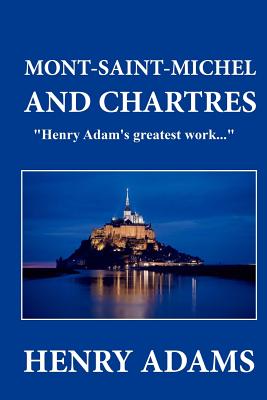
Mont-Saint-Michel and Chartres
Description
Henry Adam's lucid writing style and his insights are impressive, and Mont-Saint-Michel and Chartres should be read by every supposedly "educated" individual. Adams deals with complex topics such as Gothic architecture, medieval poetry and mysticism, and scholastic philosophy with clarity and ease. The early sections of Adam's classic compare the church of Mont Saint Michel with the Catholic view of St. Michel who was the militant perfect example of the Medieval hero defending the Catholic Church against all enemies. The comparison with this church with that of Chartres which was the exempler of God's mercy via St. Mary is insightful and fascinating reading. Such embellishment of St. Mary or Notre Dame is further investigated in Adam's book by his careful treatment of Medieval Poetry. His translations of Medieval French and Latin are good and give those who are not familiar with these languages a better understanding of both the poetry and the Medieval devotion to St. Mary. Much of this poetry was mystical, and Adams demonstrates the attempt of St. Francis and the Franciscans to use such mystical thought in their missionary efforts to help the very poor. St. Francis' mysticism is revealed in Adam's translation of St. Francis' poem titled Brother Sun and Sister Moon. Henry Adams then compares and contrasts medieval mysticism, which bordered on pantheism, with scholastic philosophy. Adams gives the reader an insight to scholastic debate when he summarizes the debate between William of Champaux and Peter Abelard(1079-1142). Here Adams demonstrates his understanding of how students and masters argued and learned. He also shows the careful balance the Catholic authorities tried to impose between reasoned debate and heresy. The last section of the book deals with the Angelic Doctor, St. Thomas Aquinas (1225-1274). Adams careful treatment of Aquinas' thought is worth the price of the book. Adams gives the Angelic Doctor high praise for both his clear thinking and liberality. Adams also effectively deals with the liberality of the Medieval Catholic authorities who canonized so many men whose views were apparently contradictory. Henry Adam's Mont-Saint-Michel and Chartres is intellectual history at its best. The book deals with complex ideas and views in an attractive literary style which holds the readers' interest.


